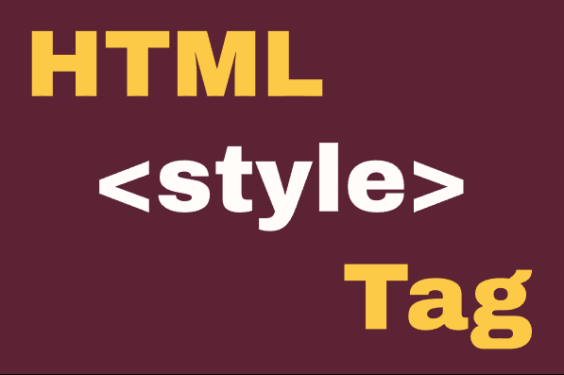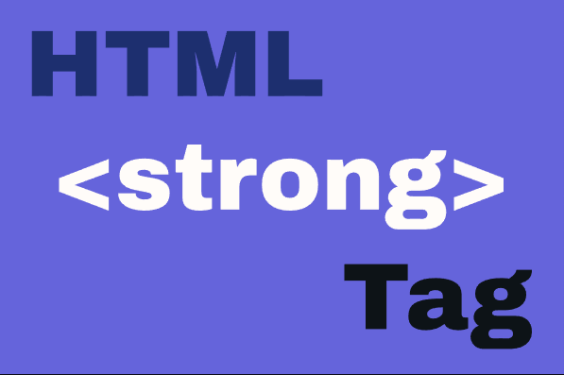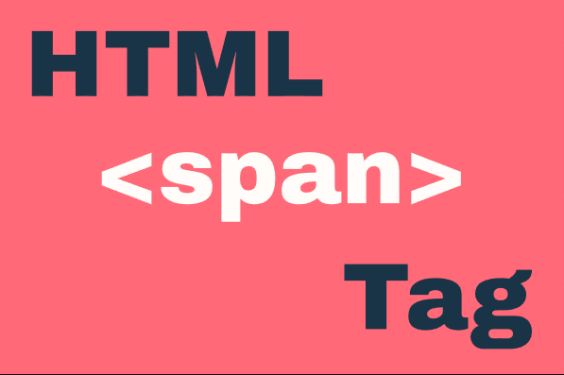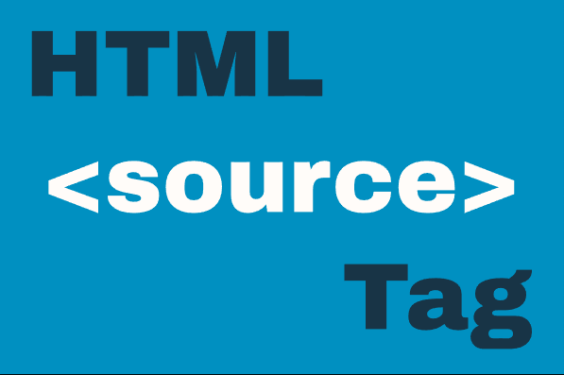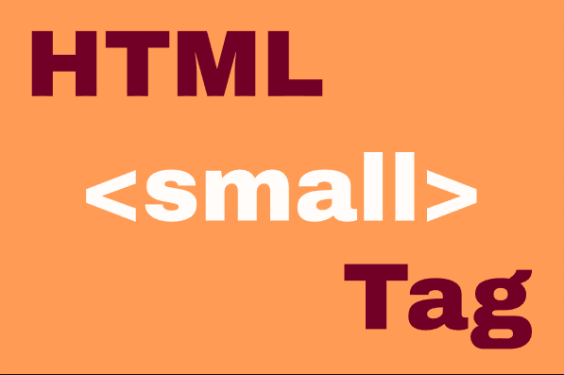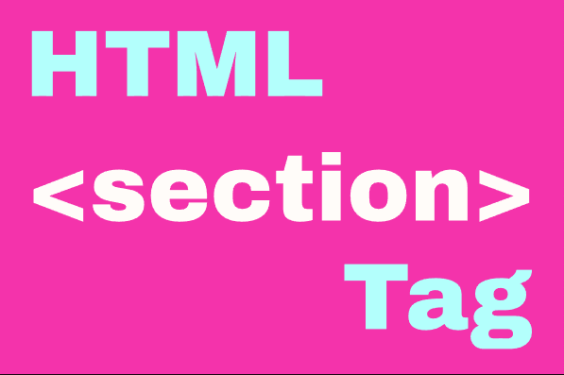HTML <mark> Element
Publish in HTML Tutorial el 24/05/2025 17:19
The <mark> element represents text that should be marked or highlighted for reference purposes, typically due to its relevance in another context. It's particularly useful when you want to draw attention to specific portions of text without changing the semantic meaning.
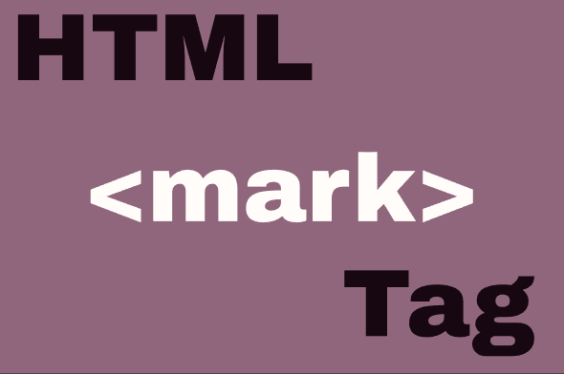
By default, most browsers render <mark> content with a yellow background, but you can customize this with CSS. The <mark> element is an inline element and can be used within paragraphs, lists, or other text containers.
Basic Syntax
Rendered Example
This text will be highlightedCommon Use Cases
The <mark> element is perfect for:
- Highlighting search results in a page
- Marking important passages in quoted text
- Drawing attention to relevant content
- Creating visual cues in documentation
Examples
1. Basic Highlighting
Simple example of marking important text in a paragraph.
2. Search Results Highlighting
Simulating how search terms might be highlighted in results.
3. Custom Styled Mark
Showing how to customize the appearance of the mark element.
4. JavaScript Dynamic Highlighting
Using JavaScript to dynamically mark text based on user input.
5. Mark with JavaScript Event
Using JavaScript to toggle highlighting on click.
Tips and Tricks
- Accessibility: The <mark> element is recognized by screen readers, which will typically announce the highlighted content appropriately.
- Styling: Always customize the highlight color to match your site's design using CSS.
- Semantics: Use <mark> only for highlighting, not for general styling. For purely visual effects, use CSS instead.
- Performance: When using JavaScript to dynamically mark large amounts of text, consider performance implications.
- Printing: The highlight will typically print as-is, but you can customize print styles with @media print in your CSS.
Browser Support
The <mark> element is supported in all modern browsers, including Chrome, Firefox, Safari, Edge, and Opera. It's also supported in Internet Explorer 9 and later.
